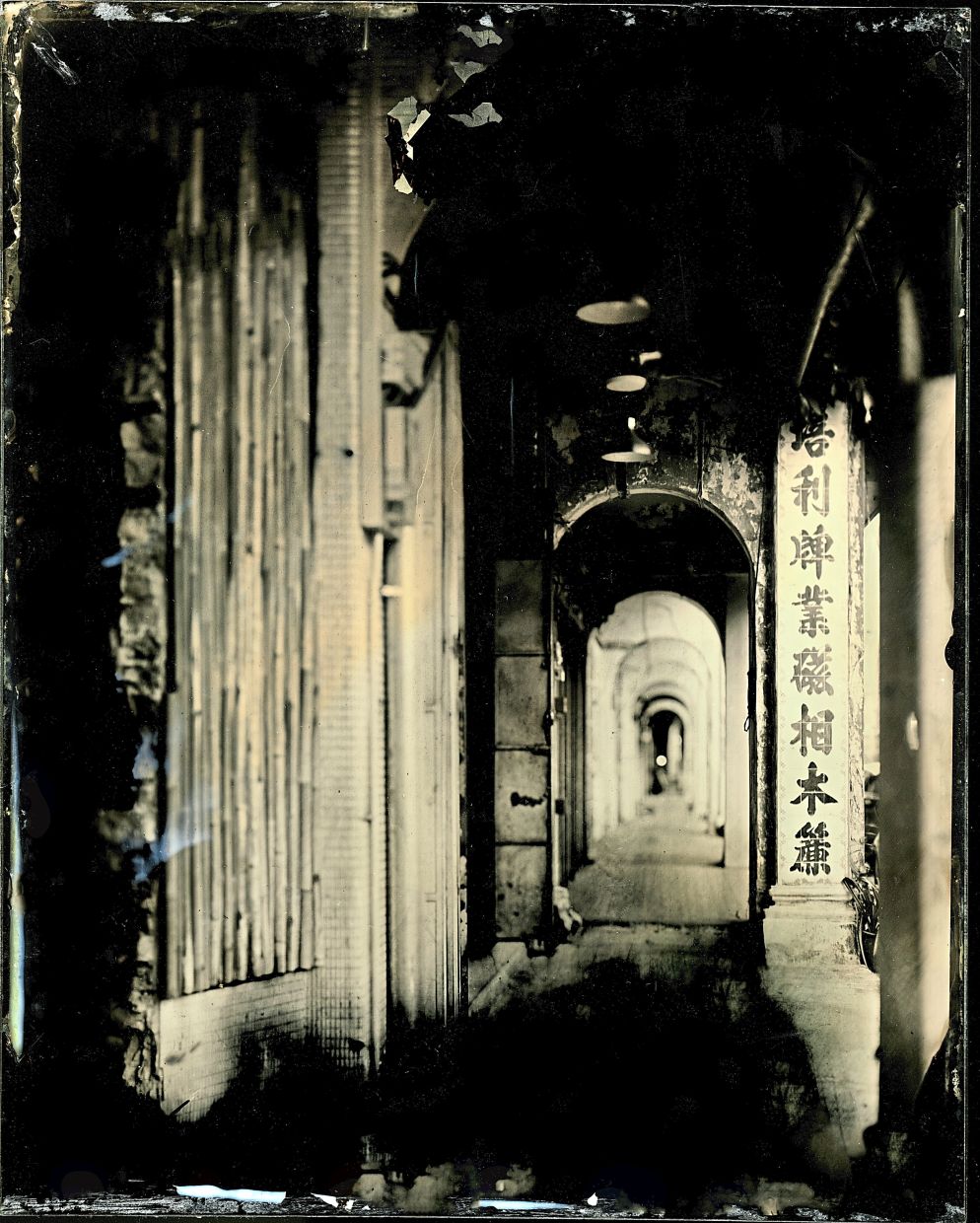Tan's wet plate camera project was launched at the Tin Alley in Ipoh last month. Photo: Liew Ching Seong
A love for wet plate photography and its accompanying photo-making processes inspired Perak-based photographer Steve Tan to take the plunge and build his own wet plate camera.
The 30-inch (76cm) ultra-large format camera, which now allows Tan to produce larger images, was recently showcased at the Tin Alley, an arts event space located in the heart of the Ipoh old town centre.
The 44-year old, who also runs a studio-workshop space in the Tin Alley, claims that it is the largest wet plate camera in active operation in South-East Asia.
Hailing from Ipoh, the passionate photographer and history buff took a year to complete the camera project and to learn how to get this entire wet plate photography operation running smoothly (with the necessary government registration needed to work with chemicals, collodion and silver nitrate).
Tan is one of the few photographers who still enjoys this tedious image-making technique and is also keen to introduce wet plate photography to a new generation in Malaysia.
The camera weighs about 10kg and Tan, who jokes that he still has a strong and healthy back, transports it to arts and vintage photography events in his car.
Every time he sets up on the road, he has to deal with heavy glass plates. The camera is bulky too.
“Unlike modern photography where you just click the shutter, the process of producing an image with a wet plate requires skills and extreme patience,” says Tan.
“Photographers, in fact, only have 30% control over the image while the rest is determined by the weather and the timing,” he explains, adding that chemicals are a crucial component of the process.
Images are developed with wet plate photography’s 19th-century techniques.
He says the images – will be exposed on a plate, usually glass or aluminium – used as a negative – during the wet-collodion process.
The plate will first be coated with collodion, then immersed in the silver nitrate solution before exposing it in the camera through UV.
Tan has been in the commercial photography industry for 25 years and brought home several awards from photography competitions, such as the 2010 Far East Master Photographer Print Competition of the Year and the 2011 International Award Winner of Master Photography Awards.
But he has always been curious about photography history and how he can revive and incorporate such old world techniques into his everyday work.
In 2016, he ventured into wet plate photography, where he also took up commissioned jobs with the camera he bought from a photo studio in Kuala Lumpur.
“It wasn’t smooth sailing as it took me one-and-a-half years to successfully expose my first photo. I tried so many times but to no avail. After 150 plates, my efforts bore fruit when I finally achieved the right mixture of chemicals – for the Malaysian weather,” he shares.
“The chemical ‘recipe’ you need depends on the kind of weather you live in,” he adds.
Tan also conducts a wet plate workshop teaching people how to make their own plate at his studio in Tin Alley.
“It’s my way of giving back to the community while preserving the craft,” concludes Tan.










